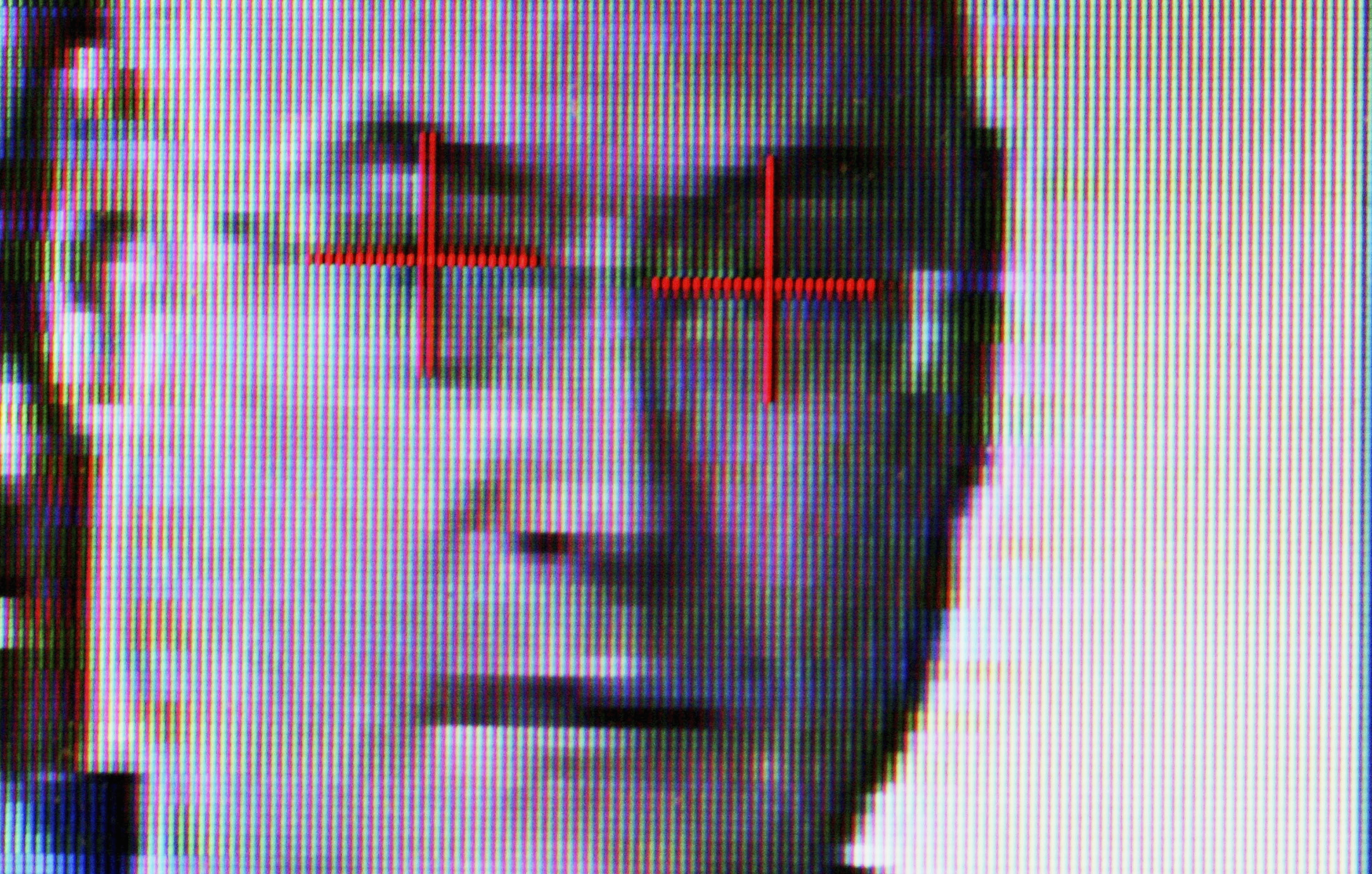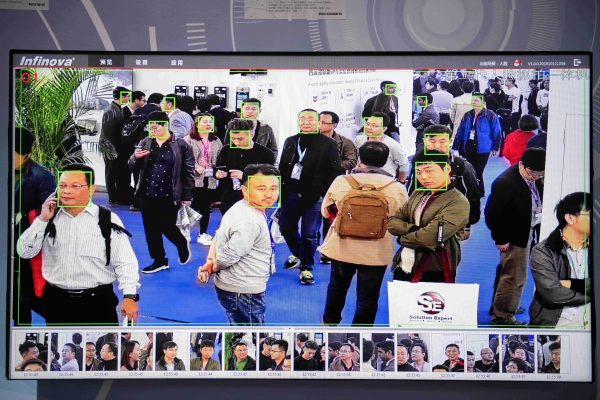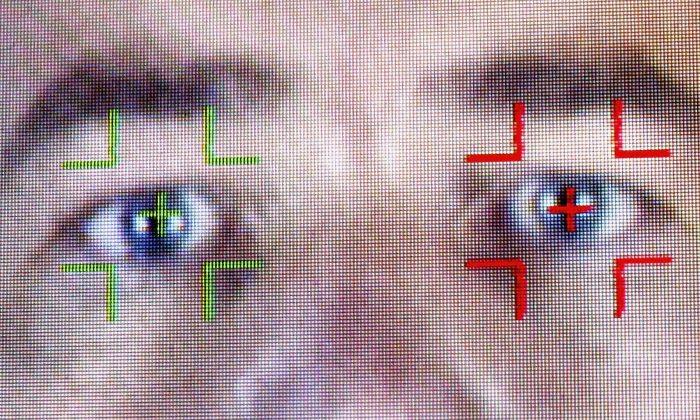LONDON—Facial recognition technology similar to that used in authoritarian countries like China is being trialed by police on the streets of London.
The Metropolitan Police is scanning the faces of Christmas shoppers in the central London shopping districts of Soho, Piccadilly Circus, and Leicester Square on Dec. 17 and 18.
Police say they are using the technology to track down people wanted by the police or courts, with a “specific focus on tackling violence.”
They insist people who turn down being scanned will not be viewed as suspicious and that police would be handing out information leaflets for 8 hours each day.
There are just three signs about to say what's going on, but they aren't exactly big enough to draw any real attention. And the police were not handing out any leaflets to members of the public until we asked where those leaflets were. #ResistFacialRec pic.twitter.com/noGBlE46uh
— Liberty (@libertyhq) December 17, 2018
But privacy campaign group Big Brother Watch described the Met’s use of the technology as “authoritarian, dangerous, and lawless.”
They said new information obtained using Freedom of Information requests shows that the facial recognition tech employed by the police is 100 percent inaccurate, misidentifying innocent members of the public.
Cameras are able to scan the faces of everyone in a crowd at a rate of 300 a second, matching them against the police’s database of 21 million photos.
“Live facial recognition is a form of mass surveillance that, if allowed to continue, will turn members of the public into walking ID cards,” Silkie Carlo, director of Big Brother Watch, said in a statement.

The Met Police used facial recognition cameras to spot potential troublemakers at the Notting Hill Carnival, and police in Wales have also used them at sporting events.
Police in Manchester, northwest UK, recently suspended a secret six-month trial of facial recognition at a shopping center after the Surveillance Camera Commissioner raised concerns.
“The police were interested in a tool that could help identify people missing from home and people wanted for crimes,” Tony Porter said in an October blog piece. “However, compared to the size and scale of the processing of all people passing a camera, the group they might hope to identify was minuscule.”
The problems of false-positives—or wrongly identifying innocent people—was highlighted in late November in China, a country that has adopted the technology with little, if any, public debate into the potential dangers.
In Zhejiang province, south of Shanghai, a prominent businesswoman was publicly shamed for jaywalking, despite not being physically in the area. The cameras had captured her face in an ad on the side of a passing bus.
While that is a light-hearted example of how facial recognition can go wrong, the chilling reality for China’s citizens is that there are 170 million CCTV cameras—many capable of facial recognition—with another 400 million coming in the next three years.
With the Chinese communist regime requiring everyone to have a photo ID card, the camera systems can track a single person’s movements up to a week back in time, all the people they interacted with, and the vehicles they drove to build up a highly detailed picture of their lives.

The problem back in the UK, as in China, is that the technology is moving ahead without regulatory oversight.
In late September, defense think tank RUSI called for “clear guidance and codes of practise” as a “matter of urgency” as police forces trial facial recognition tech.
Information Commissioner Elizabeth Denham said she was “deeply concerned” about the lack of coordination in assessing the privacy risks of facial recognition.
“It’s a real step change in the way law-abiding people are monitored as they go about their daily lives,” she wrote in a May blog piece. “There is a lack of transparency about its use and is a real risk that the public safety benefits derived from the use of FRT [facial recognition technology] will not be gained if public trust is not addressed.”




